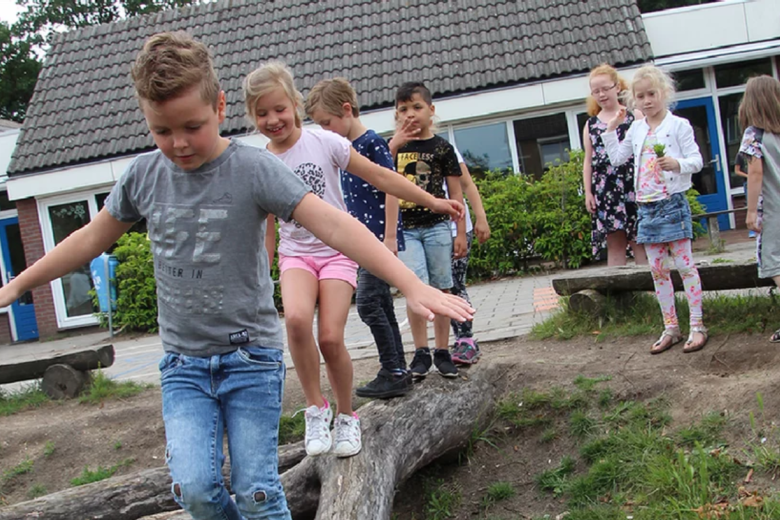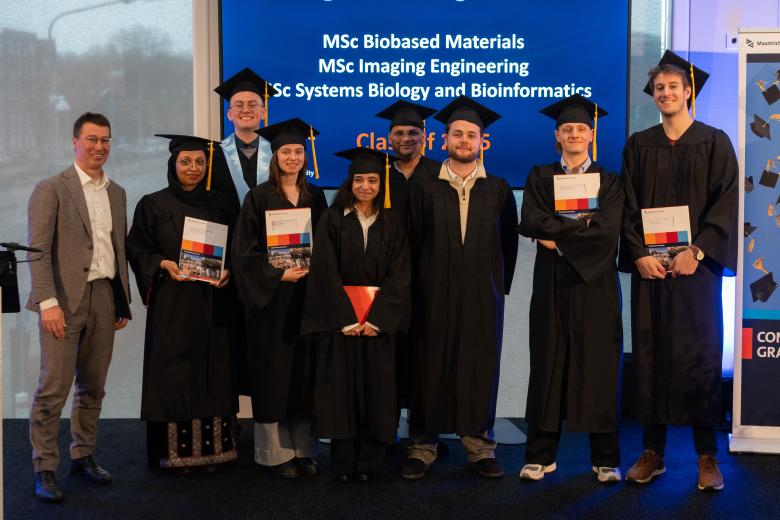First synthetic human twin embryo
Scientists at the biomedical MERLN Institute of Maastricht University and the Maastricht University Medical Center have succeeded in growing an embryo structure of human identical twins purely from stem cells, without using an egg or sperm cell. Thanks to this culture, scientists are now seeing for the first time how twins are formed.
Twins
The embryo is split in two due to an accelerated expansion of the blastocyst – a sort of bag containing stem cells from which new life arises. The new scientific milestone has been published in Advanced Materials and is the result of a technological platform which for several years has been unravelling increasingly complex biological secrets, enabling the controlled growth of cells, tissues, organs and embryos.
The aim is to use this research to make improved biomedical care accessible and affordable on a large scale. The current research initially focuses on the healthy implantation and development of embryos. The synthetic embryos make it possible to study the first crucial micro processes, which previously remained hidden in the womb.
Medical applications
The synthetic embryo grown from stem cells appears to be sufficiently true to reality that it can provide valuable information about biological embryos. The current research focuses on practical applications: it increases understanding of miscarriages and infertility and can help solve fertility problems or improve contraception. Three-quarters of all identical twins share the same placenta during pregnancy. Until now it has not been clear how this natural phenomenon came about, but this discovery helps to solve the mystery.
In addition, pregnancies with twins are more often accompanied by complications that arise during early implantation. These can now be analysed and possibly prevented or treated. Furthermore, the technology enables scientists to zoom in on the origin, prevention, diagnosis and treatment of many human diseases.
Research platform
In the laboratory research, the early synthetic embryos – grown for a maximum of 14 days – are tested in thousands of high-throughput parallel experiments. Each individual parallel test has its own characteristic combination of growth factors and signalling molecules, which determine experimentally what factors, hormones and other substances provide the right conditions for the optimal growth of the embryo in the first week, as well as the exact timings.
‘For growth in the second week, we have developed an implantation platform, implantation-on-chip, with which we can grow and study a small sample of uterine tissue from a patient on a microfluidic chip to find the conditions for the most viable implantation of the embryo in the uterus,’ says lead researcher Erik Vrij. ‘This will allow us to predict whether treatments after IVF and PGT will be successful.’
Better care on a larger scale
‘Through robotisation and machine learning, we are simulating biological processes with increasing accuracy, and with the high-throughput method we increase our chances in this case of creating a rare twin embryo,’ says founder of MERLN, Professor Clemens van Blitterswijk. ‘And using the “identified formulas”, we can also create tissue-specific stem cells, tissues and parts of organs to treat patients. The idea is that in the future this will be possible on a scale that will help a large number of people while keeping costs low.’
Also read
-
Green school playgrounds boost concentration and wellbeing
Children at schools with green playgrounds are better able to concentrate and display more social behaviour. This is the conclusion of a follow-up study within the long-running project The Healthy Primary School of the Future .
-
Ron Heeren appointed fellow of the Netherlands Academy of Engineering
Professor Ron Heeren, distinguished university professor at Maastricht University (UM) and director of the Maastricht MultiModal Molecular Imaging Institute (M4i), was appointed as a fellow of the Netherlands Academy of Engineering (NAE) on Thursday 11 December.
-
Mental health services urgently need to address lifestyle
Mental health services need to increase investment in lifestyle interventions to improve care and narrow the 15-year life-expectancy gap for people with mental health conditions, according to a new report by The Lancet Psychiatry Commission . Maastricht University scientist Jeroen Deenik is one of the...